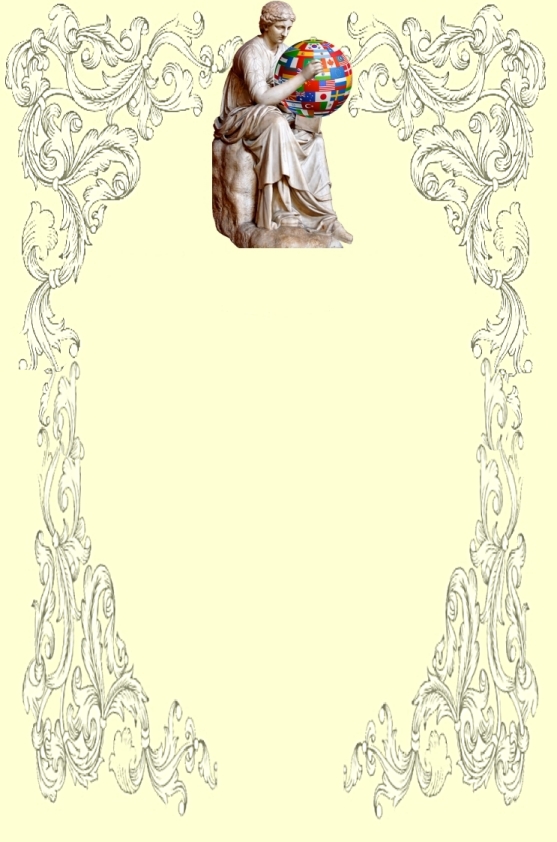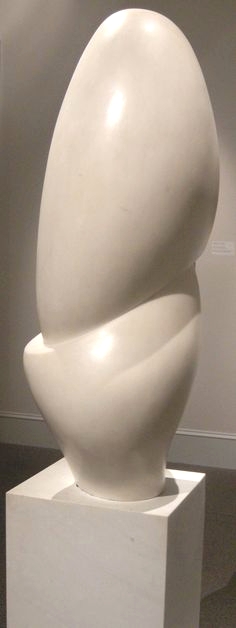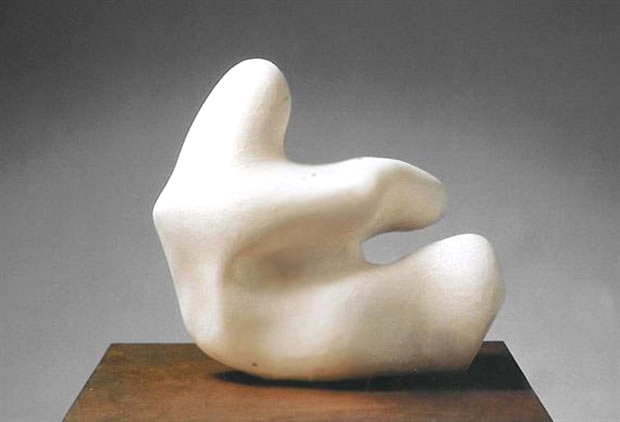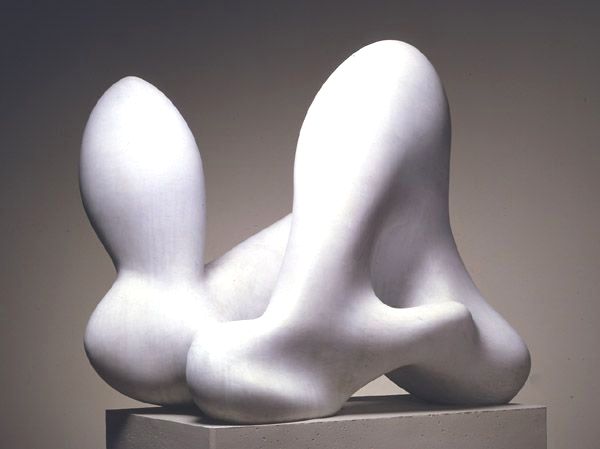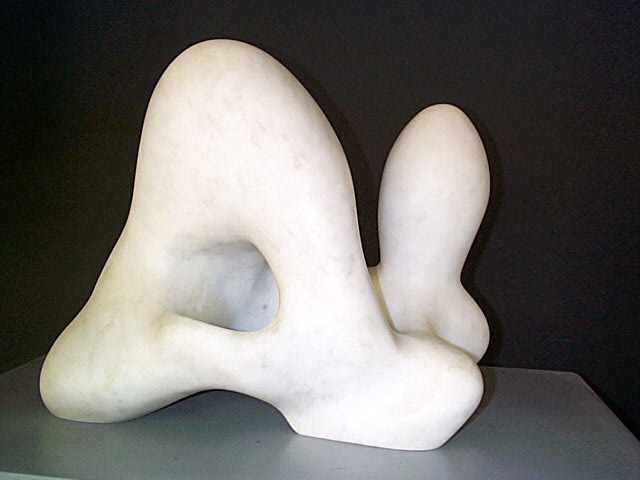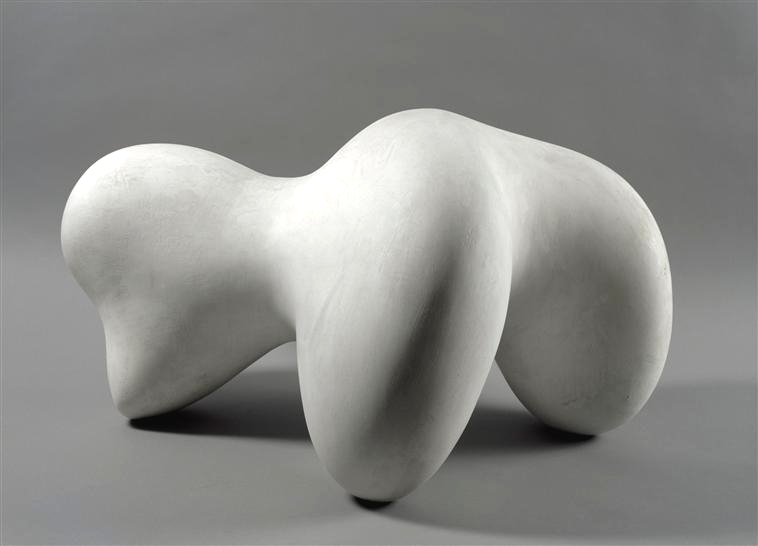JEAN ARP
JEAN ARP
Ombre-chinoise
JEAN ARP
JEAN ARP:Femme Paysage 1966
JEAN ARP:Theredlist
JEAN ARP:Torso
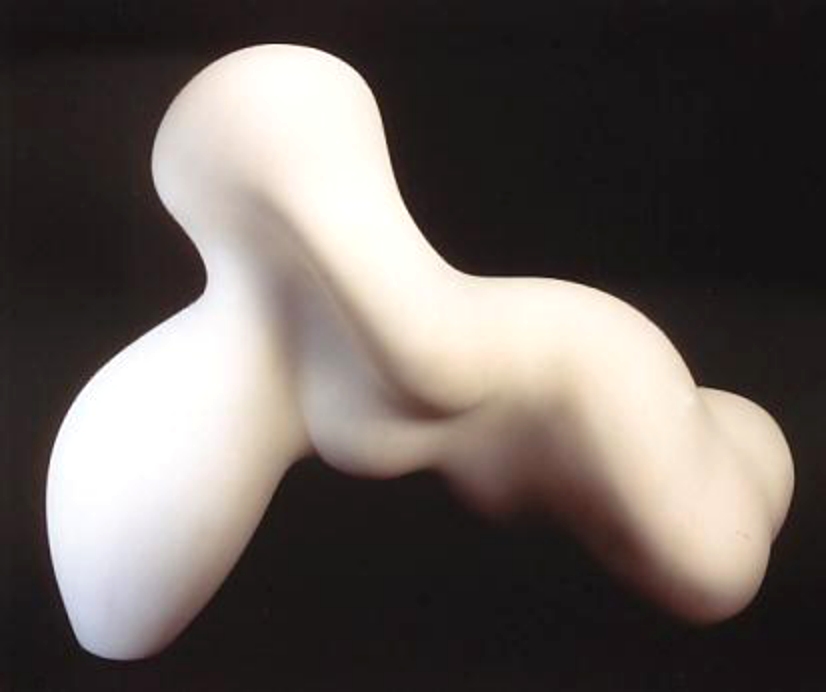
JEAN ARP
1886 Strassburg, Germany; 1966 Basel
BIOGRAPHY
Jean Arp
b. 1886, Strassburg, Germany; d. 1966, Basel
Jean Arp was born Hans Arp on September 16,
1886, in Strassburg. In 1904, after leaving
the Ecole des Arts et Métiers, Strasbourg,
he visited Paris and published his poetry
for the first time. From 1905 to 1907, Arp
studied at the Kunstschule, Weimar, and in
1908 went to Paris, where he attended the
Académie Julian. In 1909, he moved to Switzerland
and in 1911 was a founder of the Moderner
Bund group there. The following year, he
met Robert and Sonia Delaunay in Paris and
Vasily Kandinsky in Munich. Arp participated
in the Erste deutsche Herbstsalon in 1913
at the gallery Der Sturm, Berlin. After returning
to Paris in 1914, he became acquainted with
Guillaume Apollinaire, Max Jacob, Amadeo
Modigliani, and Pablo Picasso. In 1915, he
moved to Zurich, where he executed collages
and tapestries, often in collaboration with
his future wife Sophie Taeuber (who became
known as Sophie Taeuber-Arp after they married
in 1922).
In 1916, Hugo Ball opened the Cabaret Voltaire,
which was to become the center of Dada activities
in Zurich for a group that included Arp,
Marcel Janco, Tristan Tzara, and others.
Arp continued his involvement with Dada after
moving to Cologne in 1919. In 1922, he participated
in the Kongress der Konstruktivisten in Weimar
and the Exposition Internationale Dada at
Galerie Montaigne in Paris. Soon thereafter,
he began contributing to magazines such as
Merz, Mécano, De Stijl, and later to La Révolution
surréaliste. Arp's work appeared in the first
exhibition of the Surrealist group at the
Galerie Pierre, Paris, in 1925. In 1926,
he settled in Meudon, France.
In 1931, Arp was associated with the Paris-based
group Abstraction-Création and the periodical
Transition. Throughout the 1930s and until
the end of his life, he continued to write
and publish poetry and essays. In 1942, he
fled Meudon for Zurich; he was to make Meudon
his primary residence again in 1946. The
artist visited New York in 1949 on the occasion
of his solo show at Curt Valentin's Buchholz
Gallery. In 1950, he was invited to execute
a relief for the Harvard Graduate Center
in Cambridge, Massachusetts. In 1954, Arp
received the Grand Prize for Sculpture at
the Venice Biennale. A retrospective of his
work was held at the Museum of Modern Art,
New York, in 1958, followed by another at
the Musée National d'Art Moderne, Paris,
in 1962. Arp died June 7, 1966, in Basel.
The Dada Manifesto
by Tristan Tzara
23rd March 1918
The magic of a word - Dada - which has brought
journalists to the gates of a world unforeseen,
is of no importance to us.
To put out a manifesto you must want: ABC
to fulminate against 1, 2, 3
to fly into a rage and sharpen your wings
to conquer and disseminate little abcs and
big ABCs, to sign, shout, swear, to organize
prose into a form of absolute and irrefutable
evidence, to prove your non plus ultra and
maintain that novelty resembles life just
as the latest-appearance of some whore proves
the essence of God. His existence was previously
proved by the accordion, the landscape, the
wheedling word. To impose your ABC is a natural
thing - hence deplorable. Everybody does
it in the form of crystalbluff-madonna, monetary
system, pharmaceutical product, or a bare
leg advertising the ardent sterile spring.
The love of novelty is the cross of sympathy,
demonstrates a naive je m'enfoutisme, it
is a transitory, positive sign without a
cause.
But this need itself is obsolete. In documenting
art on the basis of the supreme simplicity:
novelty, we are human and true for the sake
of amusement, impulsive, vibrant to crucify
boredom. At the crossroads of the lights,
alert, attentively awaiting the years, in
the forest. I write a manifesto and I want
nothing, yet 1 say certain things, and in
principle I am against manifestos, as I am
also against principles (half-pints to measure
the moral value of every phrase too too convenient;
approximation was invented by the impressionists).
I write this manifesto to show that people
can perform contrary actions together while
taking one fresh gulp of air; I am against
action; for continuous contradiction, for
affirmation too, I am neither for nor against
and I do not explain because I hate common
sense.
DADA - this is a word that throws up ideas
so that they can be shot down; every bourgeois
is a little playwright, who invents different
subjects and who, instead of situating suitable
characters on the level of his own intelligence,
like chrysalises on chairs, tries to find
causes or objects (according to whichever
psychoanalytic method he practices) to give
weight to his plot, a talking and self-defining
story.
Every spectator is a plotter, if he tries
to explain a word (to know!) From his padded
refuge of serpentine complications, he allows
his instincts to be manipulated. Whence the
sorrows of conjugal life.
To be plain: The amusement of redbellies
in the mills of empty skulls.
DADA DOES NOT MEAN ANYTHING
If you find it futile and don't want to waste
your time on a word that means nothing ...
The first thought that comes to these people
is bacteriological in character: to find
its etymological, or at least its historical
or psychological origin. We see by the papers
that the Kru Negroes call the tail of a holy
cow Dada. The cube and the mother in a certain
district of Italy are called: Dada. A hobby
horse, a nurse both in Russian and Rumanian:
Dada. Some learned journalists regard it
as an art for babies, other holy Jesuscallingthelittlechildrenuntohims
of our day, as a relapse into a dry and noisy,
noisy and monotonous primitivism. Sensibility
is not constructed on the basis of a word;
all constructions converge on perfection
which is boring, the stagnant idea of a gilded
swamp, a relative human product. A work of
art should not be beauty in itself, for beauty
is dead; it should be neither gay nor sad,
neither light nor dark to rejoice or torture
the individual by serving him the cakes of
sacred aureoles or the sweets of a vaulted
race through the atmospheres. A work of art
is never beautiful by decree, objectively
and for all. Hence criticism is useless,
it exists only subjectively, for each man
separately, without the slightest character
of universality. Does anyone think he has
found a psychic base common to all mankind?
The attempt of Jesus and the Bible covers
with their broad benevolent wings: shit,
animals, days. How can one expect to put
order into the chaos that constitutes that
infinite and shapeless variation: man? The
principle: "love thy neighbor"
is a hypocrisy. "Know thyself"
is utopian but more acceptable, for it embraces
wickedness. No pity. After the carnage we
still retain the hope of a purified mankind.
I speak only of myself since I do not wish
to convince, I have no right to drag others
into my river, I oblige no one to follow
me and everybody practices his art in his
own way, if be knows the joy that rises like
arrows to the astral layers, or that other
joy that goes down into the mines of corpse-flowers
and fertile spasms. Stalactites: seek them
everywhere, in managers magnified by pain,
eyes white as the hares of the angels.
And so Dada was born* of a need for independence,
of a distrust toward unity. Those who are
with us preserve their freedom. We recognize
no theory. We have enough cubist and futurist
academies: laboratories of formal ideas.
Is the aim of art to make money and cajole
the nice nice bourgeois? Rhymes ring with
the assonance of the currencies and the inflexion
slips along the line of the belly in profile.
All groups of artists have arrived at this
trust company utter riding their steeds on
various comets. While the door remains open
to the possibility of wallowing in cushions
and good things to eat.
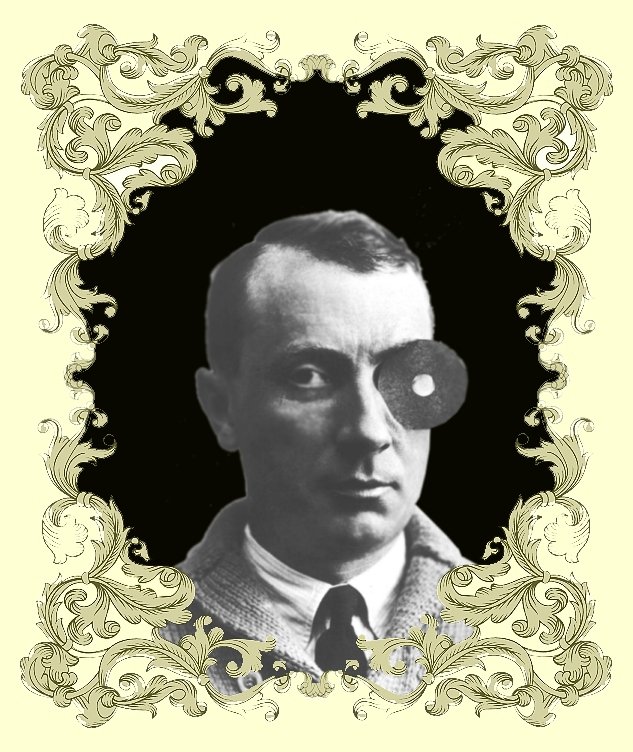
THE DADAISM
IN ARTE EST LIBERTAS
ARTENCYCLOPAEDIA
MOVEMENTS-ARTISTS
